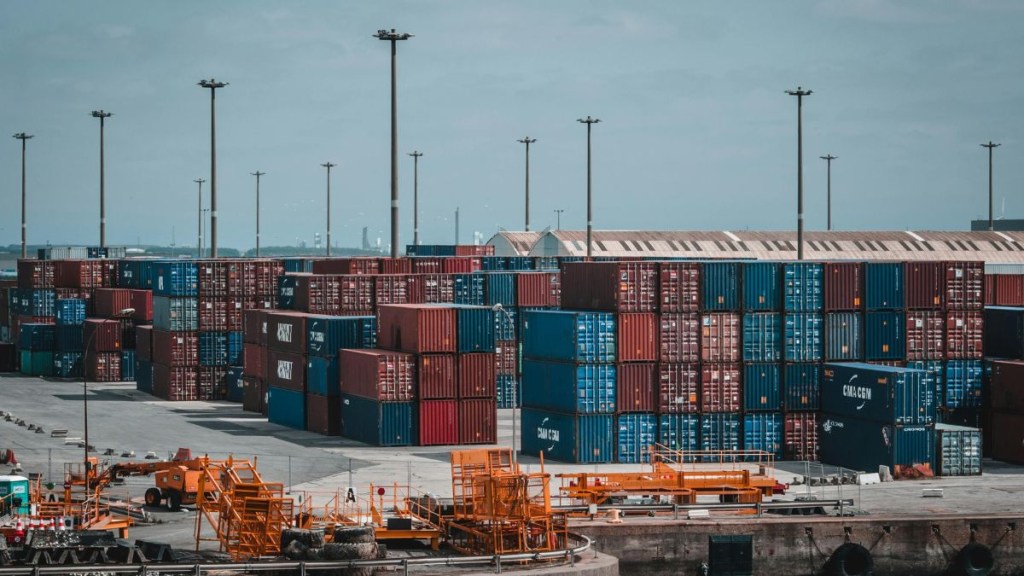India’s port sector is sailing through a reasonable momentum, with key players making some waves in the stock market. Port stocks saw a significant movement in today’s trading session. Adani Ports & Special Economic Zone (APSEZ) surged nearly 3% intraday, while JSW Infrastructure rallied over 7%. Other stocks in the sector also gained, including Cochin Shipyard up 1.34%, Gujarat Pipavav Port with a marginal increase of nearly 1% and AFCONS jumped 4% Philip Capital has initiated coverage on India’s port sector, citing multiple structural and policy-driven tailwinds.
4 reasons why Philip Capital is betting big on ports
The brokerage firm outlines four key reasons for its bullish outlook:
1. Ports are evolving into industrial hubs
The brokerage firm, Philip Capital in its report notes that Indian ports are no longer just transit points for cargo; they are transforming into industrial hubs. The development of Special Economic Zones (SEZs), Free Trade Warehousing Zones (FTWZs), and industrial parks around ports is boosting export competitiveness and reducing last-mile logistics costs.
2. Strong cargo growth and expanding capacity
According to the brokerage, cargo handled at Indian ports has grown at a 4.7% CAGR, reaching 1.54 billion tonnes from FY14 to FY24. While the sector faced a temporary slowdown during the pandemic, it has rebounded strongly, driven by increased coal, iron ore, and container volumes.
Going forward, the brokerage expects container cargo to grow at 9% to 10% CAGR, while dry and liquid bulk cargo is projected to grow at 6% CAGR. In addition, demand for new energy fuels like LNG, ammonia, and hydrogen is expected to increase, creating new opportunities for port operators.
3. Government push for lower logistics costs and policy support
The Indian government is committed to lowering logistics costs as a percentage of GDP from 14% to 9%, making the country’s supply chain more competitive. Several flagship initiatives are driving this change:
Sagarmala Project – Aims for port led development to boost efficiency.
Bharatmala Project – Focuses on improving road connectivity to ports.
Dedicated Freight Corridor (DFC) – Enhancing railway connectivity to ports.
Harit Sagar Guidelines – Introduced in May 2023 to promote green and sustainable maritime operations.
The report added, “Rail, coastal, and inland water transport are being promoted due to a focus on cost-effective and environmentally friendly modal shifts.”
4. Upcoming mega ports & expansion plans
Several large scale port projects are in the pipeline, such as Vizhinjam Port – Being developed as a transshipment hub (Phase I operational). Galathea Bay – A strategic location for future trade expansion.
Vadhvan Port – A mega container terminal set to be operational by 2030, with a natural draft of 20 meters, allowing it to accommodate 25,000 TEU capacity ships.
The brokerage in its report highlights that these developments will benefit container train operators, port operators, and infrastructure developers, including Concor, Gateway, Adani Ports, JSW Infra, AFCONS, ITD, Dredging Corporation of India (DCI), and Shreyas Shipping.
Regulatory changes: More autonomy for ports
The government is also introducing changes to the Model Concession Agreement (MCA) to attract private investment into ports. As per Philip Capital, “The revised MCA, applicable from November 2021, provides tariff flexibility to new terminals, while pricing flexibility for older terminals is under discussion.”

